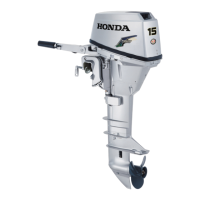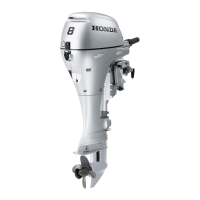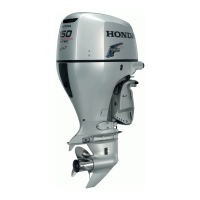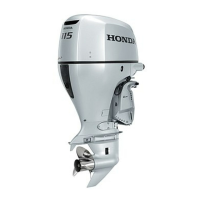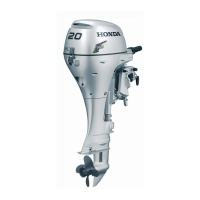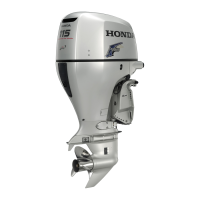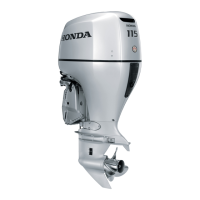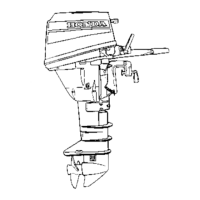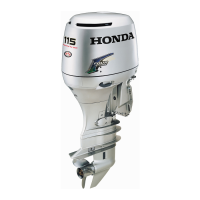Indicates serious injury or
death WILL result if
instructions are not followed.
Indicates a strong possibility
that serious personal injury or
death may result if instructions
are not followed.
Indicates a possibility that
personal injury or equipment
damage could result if
instructions are not followed.
Honda Outboard Motors are
designed to give safe and
dependable service if operated
according to instructions. Read
and understand the Owner’s
Manual before operating the
Outboard Motor. Failure to do
so could result in personal
injury or equipment damage.
The illustration may vary
according to the type.
1
Indicates that equipment or
property damage could result if
instructions are not followed.
Thank you for purchasing a Honda
Outboard Motor.
Throughout this manual, you will see
safety messages proceeded by the
following words and symbols. Here’s
what they mean:
If a problem should arise, or if you
have any questions about the
Outboard Motor, consult an
authorized Honda Outboard Motor
dealer.
Gives helpful information.
This manual should be considered a
permanent part of the Outboard
Motor and should remain with it if it
is resold.
No part of this publication may be
reproduced without written
permission.
All information in this publication is
based on the latest product
information available at the time of
approval for printing.
Honda Motor Co., Ltd. reserves the
right to make changes at any time
without notice and without incurring
any obligation.
This manual covers operation and
maintenance of the Honda BF8D/
BF10D/BF15D/BF20D Outboard
Motor.
Honda Motor Co., Ltd. 2011,
All Rights Reserved
11/09/05 17:53:26 32ZY0620_001



